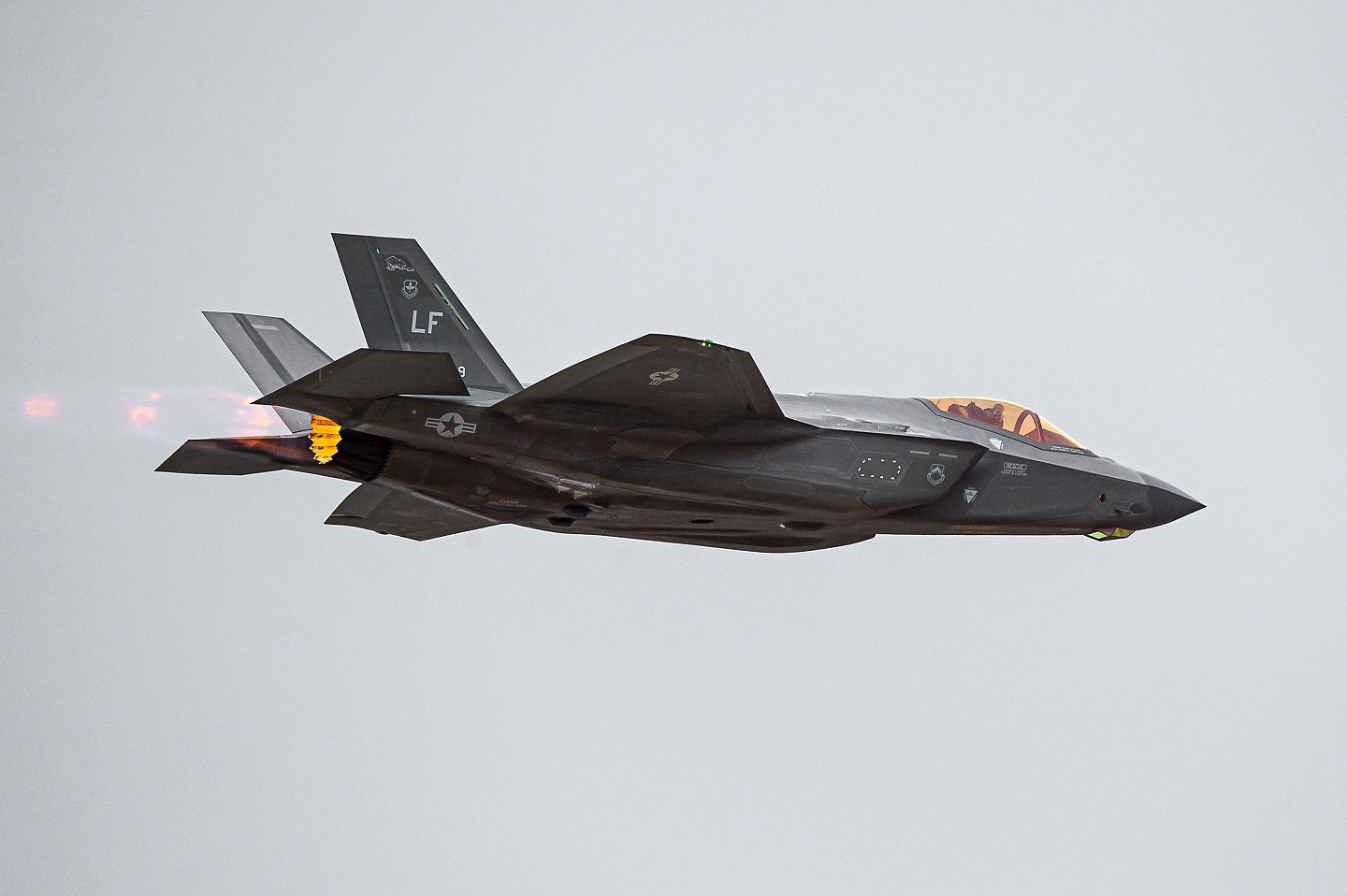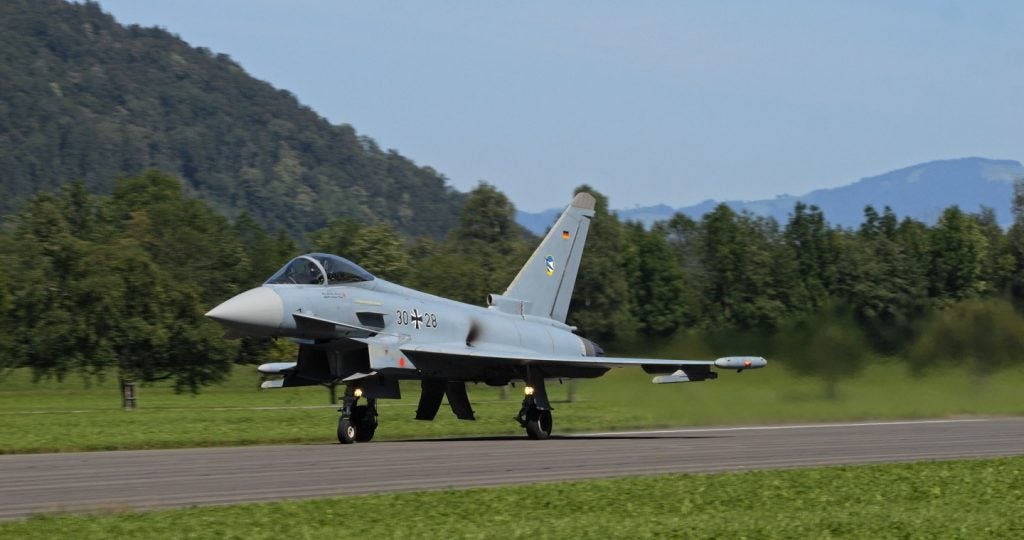
RTX‘s Collins Aerospace business has showcased its Enhanced Power and Cooling System (EPACS), achieving 80 kilowatts (kW) of cooling capacity for the F-35.
This system is poised to replace the current power and thermal management setup, doubling the aircraft’s cooling capability.
This breakthrough positions EPACS as a potential replacement for the existing F-35 power and thermal management system (PTMS), offering an advance in cooling capabilities crucial for future upgrades.
Henry Brooks, president of Power & Controls for Collins Aerospace, emphasised the importance of enhancing the F-35 platform: ‘To modernise the platform with advanced systems to counter emerging threats, a significantly enhanced cooling capability is required. Through its more efficient thermodynamic cycle, EPACS can deliver the increased cooling the F-35 needs and help extend the life of the aircraft for decades to come.’
The current F-35 PTMS, as the Government Accountability Office noted, needs to be more balanced and demands the engine to operate beyond design parameters. This strain has resulted in additional costs to the program’s lifecycle estimate.
Recognising the urgency for an upgraded cooling and management system, US Rep. Joe Courtney (CT-02) highlighted EPACS’s achievement of 80kW cooling capacity, “Our service members urgently need an upgraded cooling and management system on the F-35 to keep pace with continuous modernisation of the aircraft’s capabilities.
The EPACS 80kW cooling capacity achievement demonstrates a critical milestone that will rapidly enable vital F-35 warfighting capabilities while resulting in substantial cost savings to the taxpayer.”
Some recent F-35 developments include Lockheed Martin recently initiating the roll-out of the Belgian Air Force’s F-35A Lightning II fleet, the US State Department approving Greece’s request to purchase 40 F-35As, and the Czech Republic’s commitment to acquiring 24 F-35 Lightning II aircraft.
Despite the F-35 programme’s global importance, it faces modernisation setbacks, with the Block 4 programme experiencing cost growth and delays, impacting its completion timeline and cost. The Block 4 modernisation programme is estimated to conclude in 2029 with a cost of $16.5bn, up from the original $10.6bn.
As mission systems are set to increase on the F-35 platform through planned upgrades, the EPACS cooling capacity aligns with the F-35 Joint Program Office’s objective, as stated in a recent Request for Information (RFI), of an expanded PTMS cooling capacity of 80kW. By delivering more than double the platform’s current capacity, EPACS meets this objective and provides an additional cooling margin for the entire aircraft’s life.
With a track record in supplying cooling and power generation systems for both commercial and military aircraft, Collins design EPACS is a mature, low-risk solution. EPACS is intended to be compatible with all three F-35 platform variants, ensuring minimal integration and operational risk, while maximising the value of existing assets in the field.







